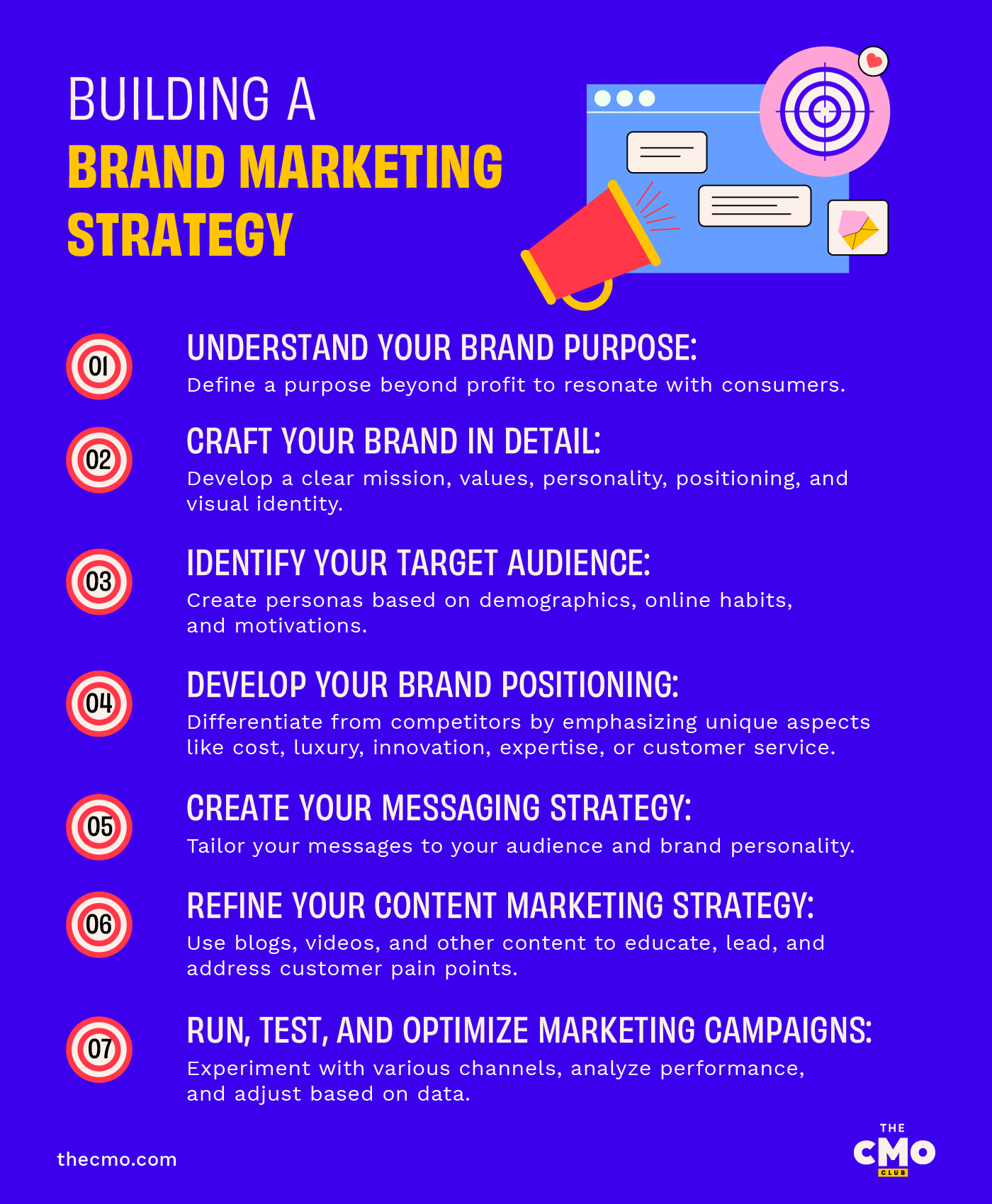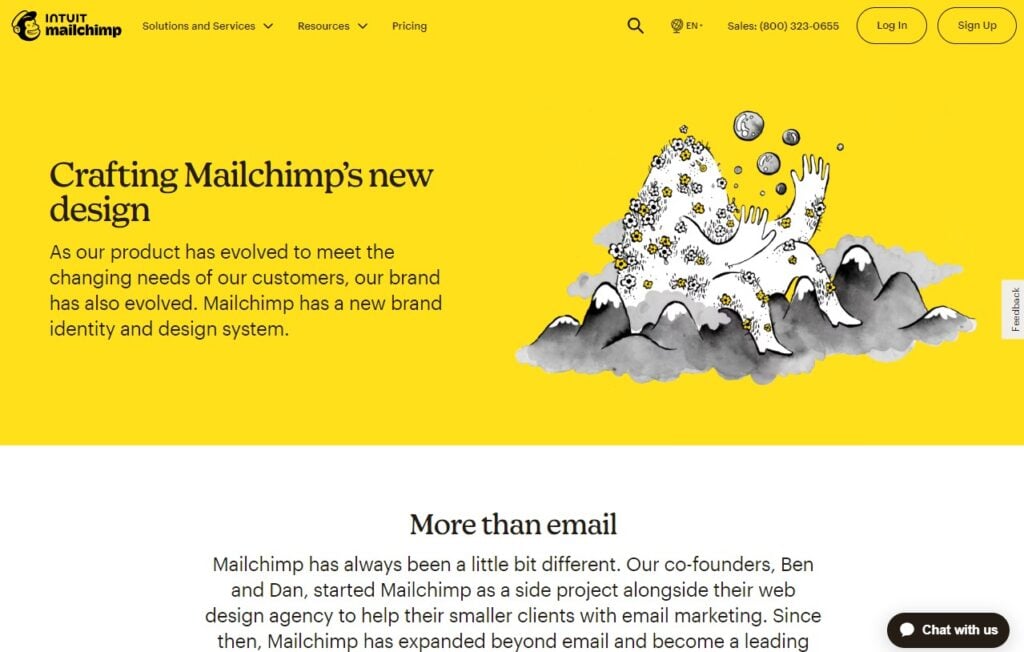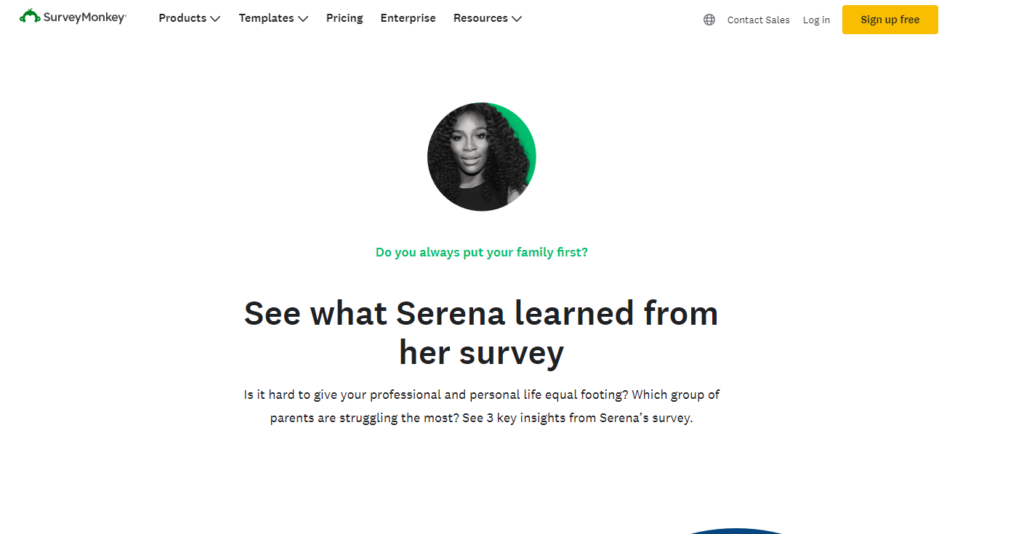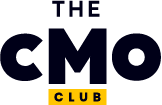A strong brand strategy is an intentional, consistent way in which you shape how people see, trust, and choose your brand. It is what separates forgettable companies from category leaders.
In this guide, I’ll walk you through what it actually takes to build a solid brand marketing strategy. From defining your brand’s identity to making sure every touchpoint reinforces it, I’ll break down the key steps I’ve seen work. Plus, I’ll highlight how top SaaS companies are doing it right—so you can, too.
What is Brand Marketing?
Brand marketing is the strategic practice of shaping how your target audience perceives, connects with, and remembers your brand.
Its main purpose is to build familiarity and trust by consistently communicating your brand’s identity, story, and values across all touch points (website, ads, social content, and customer support) feel like they come from the same, authentic source. Over time, this differentiation drives customer loyalty, brand equity, and long-term business growth.
Brand marketing blends both tangible and intangible elements: your visual identity (like your logo or color palette), your messaging (such as tagline and tone of voice), and deeper attributes like your values, purpose, and brand personality.
If it's done right, brand marketing can transform your business from a product provider into a trusted partner in the eyes of your audience.
Branding Vs Marketing
Branding and marketing are closely connected but play very different roles. Marketing promotes what you offer. Branding defines who you are. One sets the foundation; the other builds on it.
| Branding | Marketing |
| Defines identity, voice, and values | Promotes products and drives demand |
| Long-term, strategic, and foundational | Short-term, tactical, and campaign-driven |
| Shapes perception across all touchpoints | Executes across channels like ads, email, social |
| Drives internal alignment and consistency | Targets external awareness and conversion |
PRO Tip: Before launching your next campaign, gut-check it against your brand identity. Does the tone, design, and message reflect your brand’s core values? If not, revisit your brand foundation—because great marketing can’t fix fuzzy branding.
How to Build a Brand Marketing Strategy
Here’s how to build a brand marketing strategy that grabs attention, earns trust, and turns customers into loyal advocates—in just seven steps.
1. Understand your Brand Purpose
A brand without purpose is just a commodity. Purpose gives people a reason to care—and a reason to choose you. Start by asking: What change are we trying to create in the world? Your purpose should reflect the impact you want to make beyond revenue. Think Uber’s original purpose: “to make transportation as reliable as running water.” It’s simple, specific, and customer-centric.
Look for the intersection between what your audience values and what your company does best. If you’re a B2B SaaS company, maybe your purpose is to “help data teams move at the speed of decision-making” or “make compliance painless for fast-growing startups.”
Purpose aligns your team, guides strategic decisions, and attracts loyal customers who share your values. According to Razorfish, 64% of consumers expect medium-sized businesses to have a clear purpose—and they’re more likely to support brands that stand for something.
PRO Tip: Don’t confuse purpose with a marketing slogan. It’s your internal North Star, not your next ad headline.
2. Craft your Brand in Detail
Humans are hardwired to judge fast. Princeton researchers found that we decide if someone is trustworthy in just a tenth of a second.
Your brand needs to pass that gut-check instantly—before you ever get the chance to tell your full story. In SaaS, that first impression often happens on your homepage, your pricing page, or even your CEO’s LinkedIn profile.
To craft your brand's unique identity in detail, focus on:
- Mission statement: Your long-term ambitions.
- Values: The principles that guide your brand.
- Personality: The brand voice you use in your marketing
- Positioning: How you differentiate from competitors.
- Logo: The visual identity that represents your brand.
- Color palette: A set of colors that reflects your brand’s personality.
- Fonts: Typography that fits your voice.
- Imagery: Defining the photos and illustrations that fit your brand.
PRO Tip: Lead with clarity, consistency, and confidence. Your brand’s visual identity, copy, and voice should immediately signal “we get you” to your ideal customer.
3. Identify your Target Audience
If you’re trying to speak to everyone, you’re connecting with no one. Great branding starts with knowing your people—the ones who’ll buy, believe, and come back.
Build audience personas that go deeper than just demographics. Sure, note their role (say, Director of RevOps), income range, and location—but also dig into:
- Where they hang out online (LinkedIn? Reddit? Product Hunt?)
- What content they trust (Are they reading Forrester reports or watching TikToks?)
- What motivates their buying decisions (Speed? Simplicity? Looking good in front of their boss?)
- The emotional drivers behind their behavior—fear of wasting budget, desire to look like a visionary, etc.
You can’t create brand resonance without relevance. 64% of consumers say they feel an emotional connection to brands they love, and emotional loyalty is what drives long-term retention and higher LTV. (Source: Harvard Business Review).
PRO Tip: Instead of building generic personas, talk to real customers. Sales calls, customer interviews, and win/loss analyses can uncover the emotional language and unmet needs your brand should speak to.

4. Develop your Brand Positioning
Brand positioning is your stake in the ground—why you, not the other guys. If you don’t define it, your competitors (or your customers) will.
Start by identifying your unique advantage. What can you credibly claim that others can’t? Are you:
- The affordable choice (like Zoom’s early land-and-expand model)?
- The premium pick (like Superhuman’s invite-only exclusivity)?
- The innovator (like Notion, constantly evolving to stay ahead)?
- The expert (like HubSpot, with a content moat and brand authority)?
- The customer-obsessed underdog (think: Gorgias vs. Zendesk)?
Now back it up with tone, actions, and proof. Wendy’s uses a sassy voice to signal approachability to Gen Z. Tesla launched a car into space to scream “visionary.” That wouldn’t fly for Oracle—and that’s the point. Positioning isn’t just about what you say, it’s how you behave as a brand.
A strong position drives better marketing, tighter messaging, and higher conversion rates. According to a McKinsey report, brands with clear positioning outperform peers by 20% in long-term growth.
PRO Tip: Make sure your internal team knows your position cold. If your sales deck, homepage, and founder’s LinkedIn all tell different stories, you’re losing trust. Consider tools like brand protection software to monitor how well your positioning is landing in-market.
5. Create your Messaging Strategy
Messaging brings your brand to life. It’s how you communicate your purpose, personality, and position in every word.
Define your core brand story, value props, and tone of voice. Then apply it consistently across your website, ads, sales decks, and social content. For example, Zendesk created a parody band site—Zendesk Alternative—to hijack competitor search traffic. It worked because it matched their playful, irreverent tone. That approach wouldn’t work for a brand like Adobe.
Consistent messaging builds trust and can increase revenue by up to 23% (Lucidpress). It’s not just copy—it’s conversion fuel.
PRO Tip: Build a messaging guide your entire team can use. Cohesion beats cleverness every time.
6. Refine your Content Marketing Strategy
Content is how you prove you’re worth listening to (and buying from).
Create content that educates, solves real problems, and reinforces your brand’s voice. Think blogs that break down complex topics, videos that humanize your team, and podcasts that position your execs as industry insiders. Focus on:
- Solving audience pain points
- Sharing expert insights (not just opinions)
- Consistently reflecting your tone and values
Great content builds trust before your product ever enters the conversation.
PRO Tip: Prioritize depth over volume. One truly helpful piece that ranks, gets shared, and drives signups beats ten bland blog posts every time.value while building brand awareness and strengthening your SEO presence.
7. Run, Test, and Optimize Marketing Campaigns
Build brand activation campaigns that reflect your brand’s values and voice, then test aggressively across channels. Social ads are a top choice—80% of brand marketers use them to boost brand awareness (HubSpot). But don’t stop there. Explore:
- Paid search
- Email sequences
- Influencer partnerships
- Live events and earned media
Stay aligned with your tone—whether that’s bold, playful, or straight-talking—and track what moves the needle. Use brand tracking tools or post-campaign surveys to measure perception shifts.
PRO Tip: Treat every campaign like a brand experiment. What message resonated? Which visual asset drove attention? Keep what works. Kill what doesn’t. Repeat. Keep the assets that worked organized using a brand asset management software. Analyze performance data and using brand management software or text messaging platforms to measure your audience’s perception of your brand.
Examples Of Great Brand Marketing
You don’t need a massive brand like Coca-Cola or Nike to benefit from brand marketing. Let's look at some stellar examples of effective brand marketing in the SaaS world:
Mailchimp

Mailchimp, with its lighthearted monkey mascot, brings a major dose of personality to the traditionally stodgy email space. The 2018 rebranding of Mailchimp moved the brand from “fun” to “quirky,” with illustrations that remind me of a Roald Dahl book.
From a brand marketing perspective, the company has displayed a consistent willingness to try new mediums and poke fun at itself. This was perhaps best displayed in Mailchimp’s ads on the viral 2014 podcast Serial, which features regular people reading—and mispronouncing—Mailchimp’s brand name.
Instead of pouring budget into polished campaigns, Mailchimp bet on tone, consistency, and channel experimentation—earning trust, attention, and serious awareness in a cost-effective way.
Monday.com

Video ads from Monday.com, a work operating system, often show up when I watch YouTube, which is why they were top-of-mind for me when making this list. (Hey—that’s brand marketing in action)! They rely on a range of video ad techniques for brand awareness, ranging from stop-motion animation to snappy 1-on-1 interviews with users.
My favorite Monday.com video is titled “Say goodbye to inefficient shoulder tapping and hello to efficiency.” It manages to be funny and relatable while also helping the brand stand for something bigger than itself: the video shows an office worker tapping annoyed co-workers on the shoulder to ask a question, then presents Monday.com as a better alternative.
This approach ties directly to brand and content strategy development: clear visuals, consistent tone, and messaging that hits both emotionally and functionally.
SurveyMonkey

A partnership between world-class tennis legend Serena Williams and survey software SurveyMonkey? You better believe it. Serena Williams, who joined SurveyMonkey’s board in 2017, ran her own “influencer” survey and starred in a video ad for the brand.
So what’s going on here? SurveyMonkey—which attempted a 2021 rebrand to “Momentive” only to revert back to “SurveyMonkey” two years later—has been working to reconcile its consumer-friendly branding with its increasingly B2B audience. To help with this shift, SurveyMonkey has also commissioned surveys from high-profile B2B influencers like Arianna Huffington, Draymond Green, and LinkedIn chairman Jeff Weiner.
This move supported strategic marketing leadership and brand strategy development helping SurveyMonkey reposition without losing brand equity.
Growing Your Brand For The Long Haul
Brand marketing is tough to pull off well: you not only have to align your organization around the values, identity, and messaging that appeal to your target audience—you also have to keep it up for years, often without many direct metrics of success. This is also why brand attribution is key.
But companies that create a brand marketing strategy and stick to it are rewarded. Brand awareness is just the start: they also get customer loyalty, increased revenue, and a brand that grows in value over time.
For more on brand marketing, be sure to read our guide to brand storytelling in B2B marketing or find a brand management course that suits your learning style. And while you’re at it, don’t forget to subscribe to The CMO newsletter for the latest trends, technology, and tools in marketing.



